“Performances and Videos” and “Performances and Technologies”
- Fifth Podcast about Video Production of the Performing Arts -
KIM Soohyun
Senior Reporter
Government Policy & Culture Department, SBS
KAMS has invited experts and freely discussed video production of the performing arts, which has recently accelerated with the coronavirus pandemic. KAMS shared five podcasts of this special series inviting experts every Wednesday, starting from August 5, 2020. But there wasn’t any English version of the podcasts. Therefore, with this article, KAMS is consecutively uploading summaries of each podcast. It would be something to look forward to.
Special Podcast Series about Video Production of the Performing Arts
1. Performance Videos in the Era of COVID-19 [LINK]
2. Consumption and Enjoyment of Performance Videos [LINK]
3. Production of Performance Videos [LINK]
4. Copyright of Performance Videos and Profitability of Online Performances [LINK]
5-1. “Performances and Videos” and “Performances and Technologies”
5-2. Development of Performance Videos; Focused on Cases in the UK [LINK]
The fifth and last podcast about video production of the performing arts took place under the theme of “Performance Videos as a New Genre.” During the previous podcasts, panelists repeatedly mentioned this. That is, once a video is made out of a performance, that video is not the original performance anymore but it is different content. In an attempt to discuss “performance videos” that are forming a new genre, we also invited a representative of the Korean film industry, which is a neighboring genre, as one of our panelists. So for this podcast, we had Mr. KIM Hong-jun (director of the films
Mr. KIM Hong-jun, artistic director of the Gangneung International Film Festival, served as the artistic director of the Chungmuro International Musical Film Festival (CHIMFF) for years. A film festival, where audiences, performers and producers meet each other, is an event that is quite similar to a performance. In addition to screening musical films, the CHIMFF has made ceaseless new attempts to combine performances and films. Mr. KIM Hong-jun shared how the Korean film industry is viewing the video production of the performing arts.
Mr. AHN Jeong Il is very experienced in producing performances and records and working as an artist manager for musicians. He is currently in charge of Genie Music’s VR project. Last year, he released Mamamoo’s VR album, the world’s first of its kind. He has also run diverse immersive media projects including video, VR and AR projects. Making use of his experience of forming a new ecosystem with industrial technologies, performances and media, he tells us about his ideas concerning video production of the performing arts.
Based in the UK, Mr. KIM Junyoung is developing performing arts content and running a performance ticketing platform. Mr. KIM explains how different countries have produced performance videos, focusing on cases in the UK. This article shares the podcast with Mr. KIM Hong-jun and Mr. AHN Jeong Il and the online interview with Mr. KIM Junyoung. The talks have been summarized and reorganized.
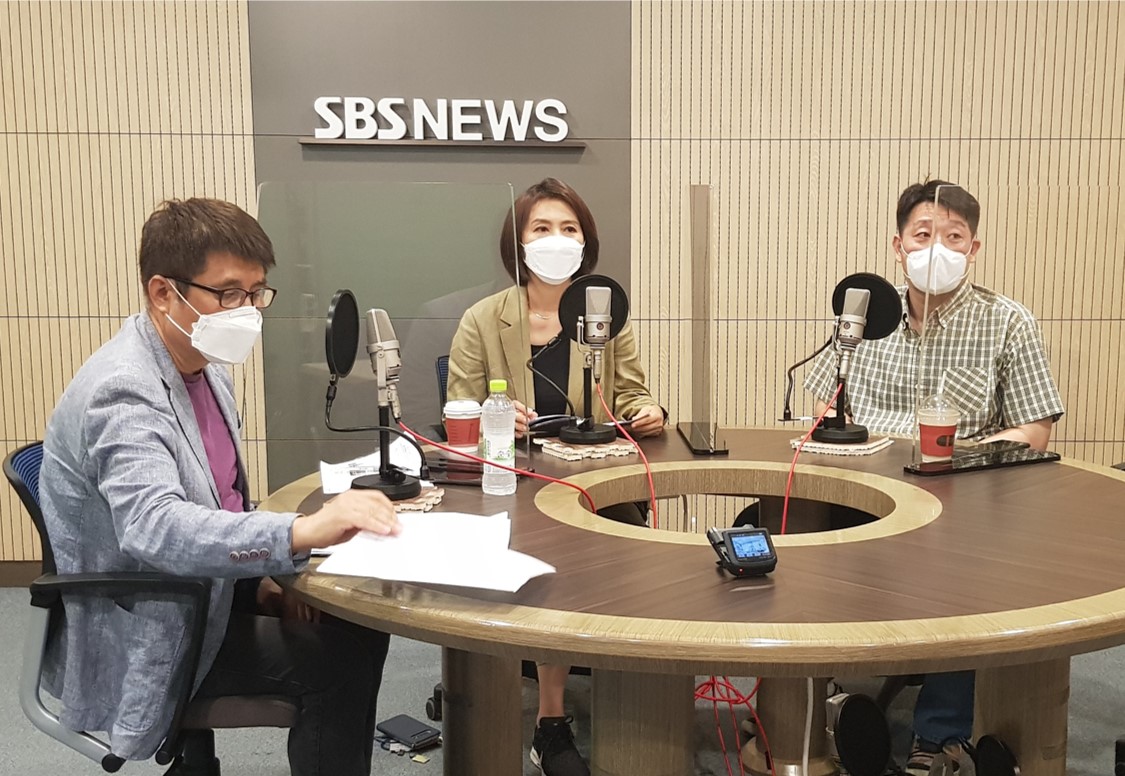
Recording of the Fifth Podcast about Video Production of the Performing Arts ©KAMS
Part 1: About “Performances and Videos” and about “Performances and Technologies”
KIM Soohyun: How could performance videos go beyond just showing a videorecorded performance to develop into a new genre? Could you share your view based on your experience of combining performances and videos for filmmaking and the musical film festival?
KIM Hong-jun: Serving as the artistic director of the Chungmuro International Musical Film Festival (CHIMFF), I planned the festival as a venue where professionals of the Korean film industry and young people in the musical theatre scene meet and communicate with each other. This was to encourage them to stimulate each other and to generate synergy effects. I also experimented with using films as source content to present them on stage. In fact, Mr. Kim Tae-yong, a film director, added commentaries, a little bit of songs and live music to the 1930s film "crossroads of the youth". The theme of this podcast is “video production of performances” but this is the opposite case because it is about “making a performance out of a video.”
At the CHIMFF, we once screened a classical Korean film called "obaltan". We used the original video but voice actors dubbed the film, live on stage. We also played new, contemporary music. We used the original screenplay in order to keep the film classical but we changed the tones and feelings of the text in order to prevent any awkwardness for the contemporary audience. The film may have been a little boring and monotonous but as it became a performance, it made people stay focused. I personally liked it.
In my view, we will see not only videos made out of performances but also performances made out of videos. These products will be developed actively and their commercial potential will also grow. Meanwhile, people will also realize the preciousness of their experience of watching movies and performances, activities they took for granted before the pandemic. Consequently, they will have a bigger desire to attend offline performances. Moreover, those in the arts scene will finally develop much more diverse forms (including VR) of the performing arts, outside the existing movie theaters or performance venues.
KIM Soohyun: Could the VR album released by Genie Music be considered such a new form of the performing arts?
AHN Jeong Il: Yes, it could. We transformed a “performance” of Mamamoo’s concert into a new form of video. By means of special equipment, the VR technology enables us to go into a world that is different from our reality, to feel that we are actually in that world and to see and hear what is in there. We started producing the VR album by thinking that “if people could watch their favorite artists’ performance in this virtual space, how fun it would be!” The VR technology helps us express the liveness of a performance venue much better. Once we put such a virtual space into a certain medium, we enable everyone to have access to the content, anytime.
Nevertheless, we had many obstacles. The existing concerts all had flat stages. If we film the scene where the artists face the audience and put the scene into a virtual space, those going into it see just one side of the venue. Then the rest of the space that doesn’t face them becomes meaningless. This could be very boring.
We believed that what is essential in VR is to “structure a space around myself.” So we changed the flat scene into a three-dimensional one. The stage used to face the audience but we made it turn 360 degrees. In this way, we tried to show the artists’ performance from different angles, three-dimensionally. It isn’t jut about filming the existing performance with a VR camera. If you express a greater variety of elements you want to show in a performance, this gives the audience many more things to see. VR can be an attractive medium by enabling people to see things they haven’t seen in reality.
The VR industry is now focused on concerts but if it also encompasses dances or other performances with movements, such VR content could help people feel much less bored. In the pandemic era, people increasingly watch something alone. So if we overcome some obstacles to the video production of the performing arts and to the use of new media, we will be able to attract more audiences.
KIM Soohyun: Enjoying the VR album with a headset, you feel that you are actually watching the performance on stage. In general, people watch a performance while seated with many people but a VR album is a highly individualized medium. I heard that in the beginning, films were made to be watched alone.
KIM Hong-jun: Modern people are surrounded by videos. And at the time of their birth, films had already been there. So you may think that film is a very old art. But actually, it is only about 100 years old. In the film history, Thomas Edison was one of the first investors who made the mechanism of movies. Edison developed a revenue model of film that functioned like a vending machine. After inserting coins into the slot of the machine, you see a short video of 20 to 30 seconds.
KIM Soohyun: Do you mean that people looked inside the machine to watch the video?
KIM Hong-jun: Exactly. That could be comparable to a short video on YouTube we watch these days. At first, people were willing to pay for such videos and have fun. But the videos were too short to tell stories. So it went bust soon. In such a situation, films may have been made again much later or the art may have disappeared for good. But afterward, the Lumière brothers from France came up with the commercial revenue model of film with which we feel familiar today. The Lumière brothers were inspired by performance venues. They installed a screen in the space that used to have a stage and invited people to buy tickets and watch films just like watching performances.
Here is what is interesting. That is, we talk about the crisis of film and movie theaters today but at the dawn of the film history, all these things were available for selection. So I feel that we are going back to the early period of filmmaking these days.
KIM Soohyun: You mean that today’s film industry was actually modeled after performance venues in the beginning.
KIM Hong-jun: That’s right. People began to watch movies at movie theaters and after that, TV came in and they watched TV alone at home. In old science fiction novels, future TV shows become three-dimensional images which allow people to smell and touch them. VR partially made this a reality through its technology. So when it comes to the new genres we discuss, their technologies are new but their concepts aren’t new at all. They already existed in the past.
So rather than focusing on the technological, physical aspect of this process like the amazing technologies or the number of pixels, we need to think about how to touch people’s sentiment or emotion. That is why some VR content includes in-person elements. (A case in point is “Draw Me Close” which is also mentioned in the interview with Mr. KIM Junyoung.) Such attempts to allow actual contact between the performers and audience look interesting.
AHN Jeong Il: Technological development is also important. People have higher expectations for other existing media so if the technological level is low, it is difficult to satisfy them. VR’s technological level is still low and we haven’t tried many things regarding how to touch people’s sentiment.
That is why new attempts are all the more important. In the VR album, we tried to create a situation in which the audience’s favorite artist gives them a hug. But as the artist approaches, the image is distorted due to the technological limits. We didn’t want to show such a distorted image. So we blurred it to describe someone caught by surprise.
KIM Soohyun: Was there such content in the VR album?
AHN Jeong Il: When the album was first released, it didn’t have such content. But the year changed and we updated the content to add New Year’s greetings. Fans can download the content from the app and during the singers’ New Year’s greetings for their fans, they hug them. Such a scene subtly conveys the artists’ heartfelt message. It is a very difficult technique to try in a video with frames. But it is important to try many things regardless of their success or failure.
KIM Soohyun: In the performing arts scene, everyone knows that just doing things as usual wouldn’t be enough today. But they feel really confused about what to do and how. The trend is moving toward making videos out of performances but they are not sure if they could make money from it.
AHN Jeong Il: Producing videos and making a business model from video content seem to have different paths to take. To make money from videos, you need to provide paid online services or screenings and attract a large number of viewers. You also need to make videos that could make the audience interested and touched. This is something that requires lots of capital and knowhow. Not every performance can make money through video production. Performances will be divided into profitable and non-profitable ones.
From a different perspective, works of genres that haven’t been presented commercially could rather have many things to do. Even if good technicians and directors make films or videos, there are genres that haven’t been dealt with. That is because we have thought that although works of those genres are of high quality, people wouldn’t pay to watch them. As a result, those genres haven’t been shared on video actively. Such genres could be approached in a way different from the existing business models.
For now, performances that could earn money from their videos are limited to just some of them such as K-pop idols’ concerts and musicals which have a strong fandom. But being unable to earn money right now doesn’t mean that video production isn’t necessary. Even if it is not a well-made, full-length performance video, a video drawing attention with its unique attractiveness greatly contributes to the performance’s promotion, branding and fandom. Such a video could also lead to its future success. It is in this context that the previous podcast about “Production of Performance Videos” stressed the importance of “additional videos.”
AHN Jeong Il: I don’t think that only high-quality videos made with a great cost survive. Particularly on YouTube and other emerging platforms, productions and works made with a high cost don’t have many opportunities to do business and suggest business models. That is because the amount of investment is too great to make money from advertising.
So it is important to understand the characteristics of each platform and its users and to produce appropriate videos with easy methods we could apply. It is also important for the producer or the artist to make such videos. This could attract a huge number of people to future performances.
It would be difficult to make money from videos right now but if you have the capacity to make such content sustainably, that would lead to opportunities to work with platform owners who would be interested in your performance videos. OTT media services have recently formed a global trend and people are greatly interested in new video platforms. In addition, platform owners are engaged in fierce competition.
I believe that content producers now have a great opportunity concerning videos. It is crucial for producers and artists who have intellectual property rights to try something new, to create new tastes and to move on to the next step. Each genre needs to actively embrace a different direction of survival, business models and business opportunities in order to keep growing.
Mr. AHN Jeong Il also made suggestions about the video production of genres that are often regarded as non-profitable (i.e. dance and classical music).
AHN Jeong Il: I would like to suggest making “humble” and “rare” videos that could share different moments in a dance performance. Such videos could be posted on YouTube or other platforms. A great example of this is a YouTube channel for choreographers of K-pop singers. The channel has so many subscribers. Rare feelings and certain content’s own dynamism would be enough to secure a great number of subscribers.
Classical music also has great potential. In a classical concert, it is important to feel the liveness of its sound which also changes depending on where you are seated. When making a video of a classical music concert, it is necessary to change its sound in order to make up for its monotonous visuals. In other words, classical music concerts need to differentiate themselves from popular music concerts which provide fixed, stereo sound. So it would be a good idea to readjust the concerts’ audio balance.
Non-verbal performances could also make new attempts on video. Many of such performances have dramatic effects with their sound. So they could be combined with new media to better express the director’s imagination.
Even genres that find it difficult to make profits with online performances need to produce diverse performance videos in a sustainable manner in order to make themselves visible and to attract more fans. The previous podcast about “Production of Performance Videos” also mentioned several times the possibility of making up for a performance’s “monotonous visuals” with its video’s high-quality sound.
KIM Soohyun: Among the performances you watched recently, what is the most unique and memorable one?
KIM Hong-jun: In many cases, I expected the performances to be unique but they were a little disappointing. I didn’t like performances highlighting technology too much. Many of immersive or site-specific performances tend to focus too much on hardware while failing to strengthen their storytelling or characters… in other words, their scenarios.
New forms of performances often benefit from support but those preparing the performances could also find such support rather stressful. To be eligible for such support, you need to experiment with cutting-edge technologies and make use of certain hardware. As a result, such performances end up having splendidness, sizes and sophisticated technological tools more than what hey need. They may make the audience have fun but they often miss what is more important in a performance.
At last year’s Gangneung International Film Festival, we organized a VR exhibition for the general public who didn’t know anything about VR. Unexpectedly, VR experts didn’t really like the content. But for those who first experienced VR, their favorite content was the one that enabled them to climb Mount Everest. The content doesn’t have any story. But once you go into it, you see a cliff behind you, an amazing landscape before you and the sky above you. So even if It’s not a high-definition video, people want to watch it.
If we can provide perfect sound and definition just like a real experience, it will be a unique experience for the public. But we haven’t reached that technological level so it would be more effective to let the audience fill much of the content with their own imagination. Even if certain content is simple and not very sophisticated technologically, we need to think about how to make it closer to the real experience and how to let people fill its empty space with their own imagination. That is what we need to do for now. The same would be true for performances.
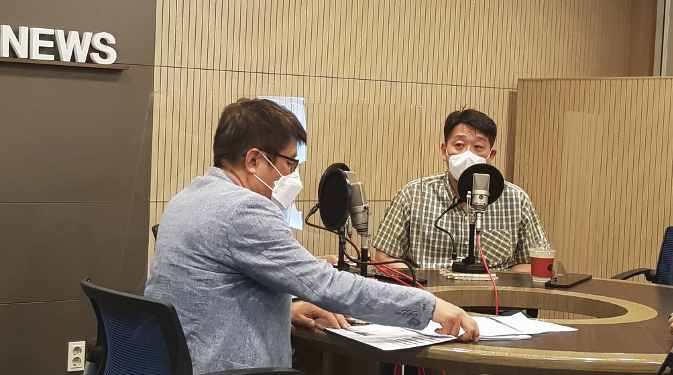
Recording of the Fifth Podcast about Video Production of the Performing Arts ©KAMS
AHN Jeong Il: That is an important point. I saw the movie at the Bucheon International Fantastic Film Festival. A documentary may have told more things but the VR content was much more touching.
KIM Hong-jun: It is a really important point. It feels completely different from a documentary you see on TV or in a theater.
AHN Jeong Il: You feel as if you were climbing the mountain yourself!
KIM Hong-jun: That’s right. Watching a documentary, you would feel that you humbly kneel down to observe the heroes’ fierce fight as a third party. In contrast, this VR content is simple but it makes you feel that you are right there, with the wind blowing. Such a feeling is quite vivid. This would be the most basic experience VR could give us.
AHN Jeong Il: These days, there are so many content-supporting projects going on. In particular, the budget for immersive content greatly increased from that of last year. But looking into it, as Mr. Kim said, you often need to apply the newest technologies or make very large-scale content to be selected for such projects. It would have been better to also support those who produce new online performing arts content by means of the exiting technologies which are not necessarily the newest ones. That would have formed a basis for new attempts made by producers and artists. It is too difficult to be eligible for support and you need to apply technologies… I wonder if it would be the only way to lead this industry.
KIM Soohyun: In the UK, there is an institution that professionally supports the combination of performances, videos and digital technologies. Thanks to this institution’s support, those who made the performance "the encounter", which is characterized by its great sound effects, gave shape to the artist’s ideas on stage. You may think that content-supporting projects could help only those making content that is industrial, large-scale and highly technological but those making performances could also consider eligibility for such support.
AHN Jeong Il: As for many of the existing support projects, you wouldn’t even think of trying to apply for them if you don’t have any technology and relevant industrial networks. So the existing content providers have been excluded from those projects while only those working on immersive content have participated in the projects actively. So it would be better to support different forms of performance video production. It would also be great to produce new performing arts content by helping performance producers meet Korean businesses that have technologies of immersive media and computer-generated imagery (CGI).
KIM Soohyun: Currently, are there projects that combine performances and video production?
KIM Hong-jun: So far, each of performances, VR content and films has been produced in its own existing framework. Each of them doesn’t seem to be willing to get out of its framework. In fact, as in the case of 3D images and augmented reality (AR), a new technology tends to make people jump on the bandwagon. If jumping on the bandwagon is inevitable, the film industry needs to try something new on the basis of its past experience, in regard to video production of the performing arts, which is the theme of today’s discussion.
Among those working in the film industry, many young people want to make use of their talent in the performing arts scene. Teaching at the film school, I find students who make their own music or choreograph for their films. These students haven’t found their career path. But how about recruiting them for performing arts archiving projects and supporting them? From a long-term perspective, it would be great to invest in projects that focus on archiving to keep records of content, that develop human resources and that train human resources for creation of new genres. It is also meaningful in terms of job creation.
About 30 years ago, Korea’s large businesses began to invest in content projects. At that time, when I talked about “establishment of infrastructure and development of human resources,” people didn’t regard that as investment. Instead, they thought that they would just help them in good faith. In that era, I observed the cultural policies of culturally developed countries. In accordance with their policies, the countries supported independent films or provided artists with residency opportunities so they could create their own works. Offering such support, these countries didn’t ask them to make famous, profitable content. Rather than that, they wanted to find one Andrew Lloyd Webber out of 100 people who were trained that way, even if 99 of them would give up later and change their career. I would like to see such a paradigm shift in Korea’s cultural policies and Koreans’ awareness of the arts. I believe that there has been a big change toward that direction actually.
After all, new works of art are made by new people. So it is necessary to think about how to train new people, from a longer-term perspective. In particular, we see young people’s frustration and dissatisfaction expressed in the arts and culture today. Now is the time for Korean society to reflect on this point seriously. Under the theme of “Video Production of the Performing Arts,” concerns that need to be shared by entire Korean society are still valid.
AHN Jeong Il: I don’t want us to fret about making profits from video content. These days, Korean girl group Blackpink has gained popularity globally. Since the beginning, they have focused on music videos. They have invested much more in their music videos than before, getting an explosive response on YouTube. The YouTube music videos didn’t just help them make profits from advertising. What the videos really did for them was to attract so many fans and to make them the most popular group for world-renowned music festivals.
If you make online content out of performances and try to make them visible for many people, you could have benefits other than making profits directly from the content. For example, you could make use of your intellectual property rights or you could present the performances in other regions. You could also sign license contracts. So please do not think too much about how to earn money from video content. Instead, please try a variety of things, keeping in mind that securing many viewers with your video content could lead to other business opportunities.
KIM Hong-jun: I have worked over 30 years as a festival planner and creator in the content industry. But I still don’t have a clear understanding of this industry. These days, I have carefully observed the response of audiences and consumers on YouTube and Twitter. The pandemic period seems to ironically prove that humans can’t live just with food, clothing, and shelter. That is because humans are “storytelling animals” and they need art.
Amid the pandemic, people feel frustrated and they are afraid of their reality. On one hand, they would be afraid of the threats to their lives and livelihoods. On the other hand, they would be afraid of being unable to enjoy things they have liked anymore. It could be a cup of coffee, a song or an on-site experience in a theater, gallery or bookstore. The answer seems to be there. It is important to trust the audience and the public. It is necessary to keep moving forward with a conviction that people would actively embrace the arts they want, regardless of their forms. Such a conviction would encourage those in cultural industries and creators as they go through this pandemic period. Humanity faced many crises including the Great Depression, wars and other pandemics. A crisis also came whenever a new technology disrupted the existing order. We should scrutinize how people saw things differently and what they chose during the past crises. We could then understand what we need to try right now.








 PREV
PREV
.jpg)
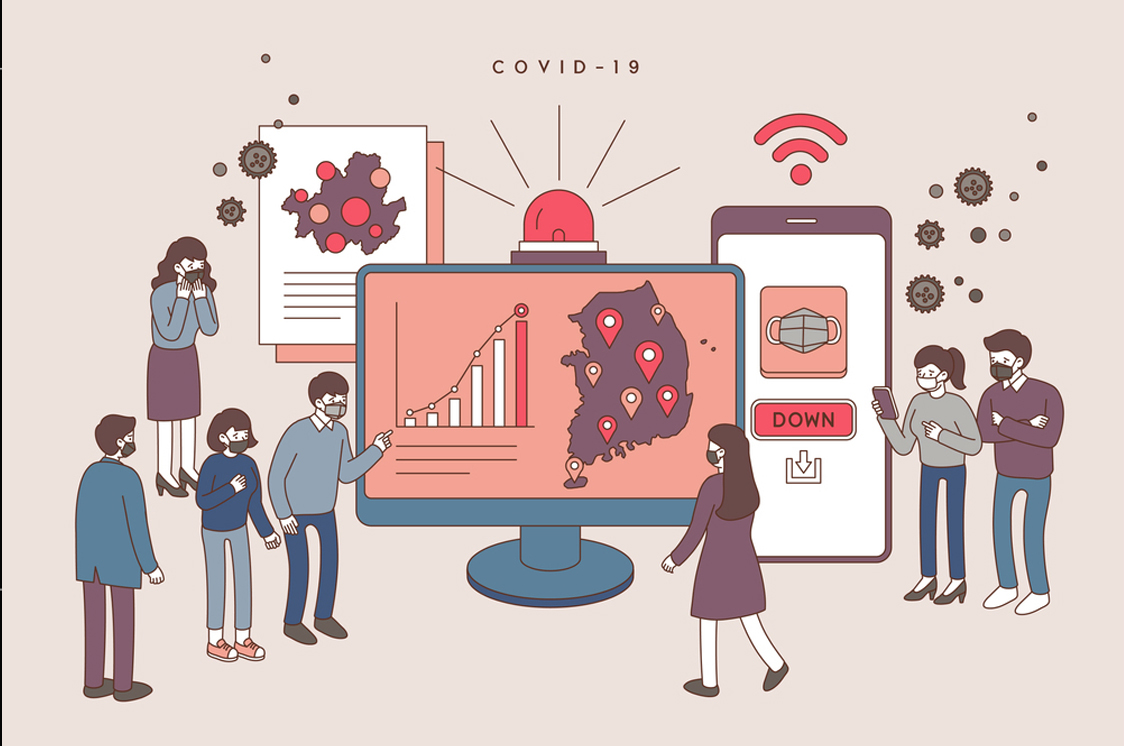
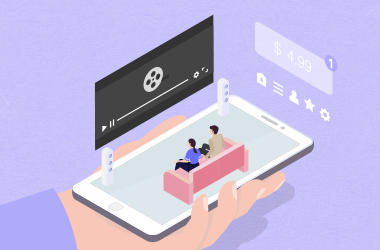
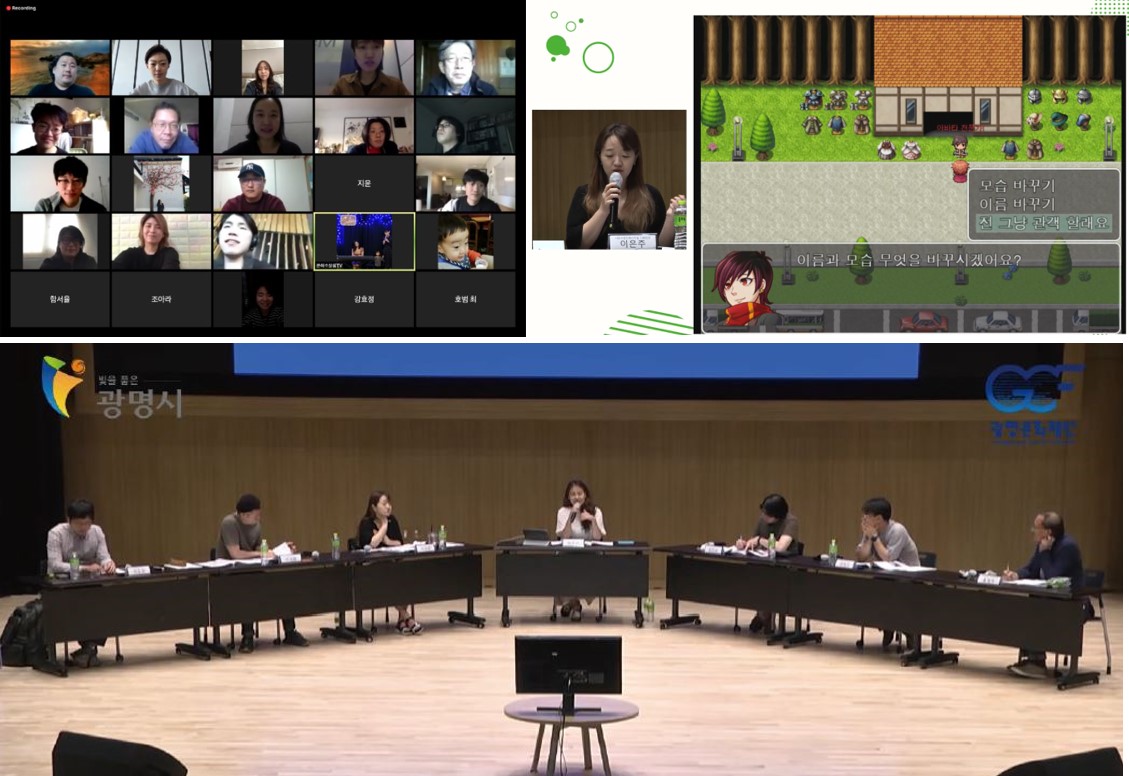
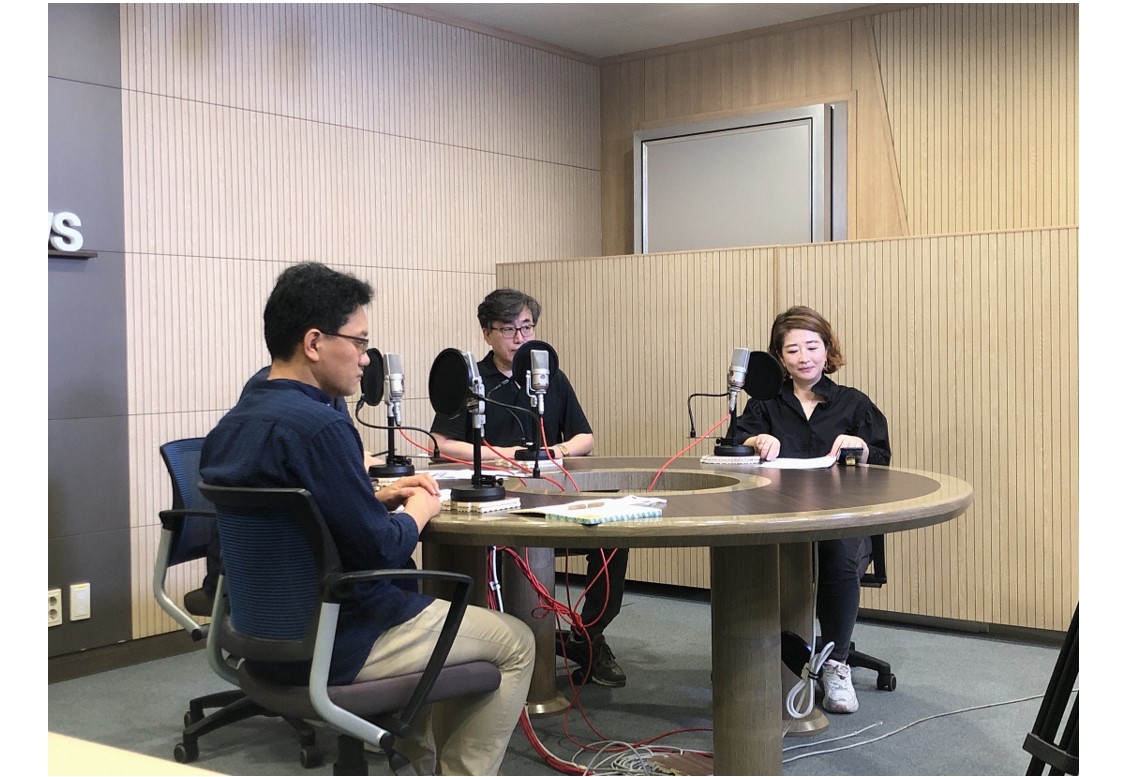
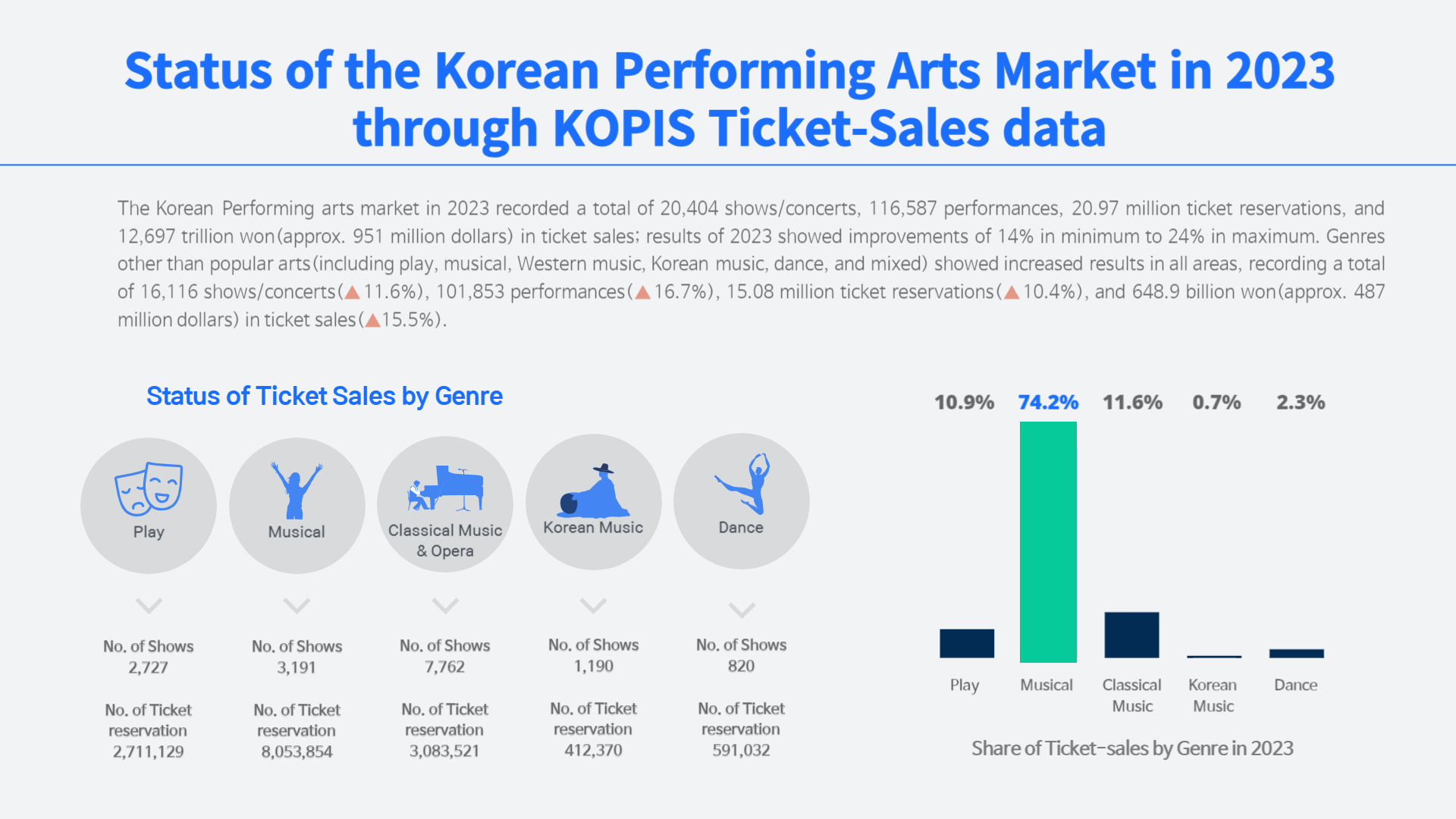
.jpg)
.jpg)
.jpg)
.jpg)











